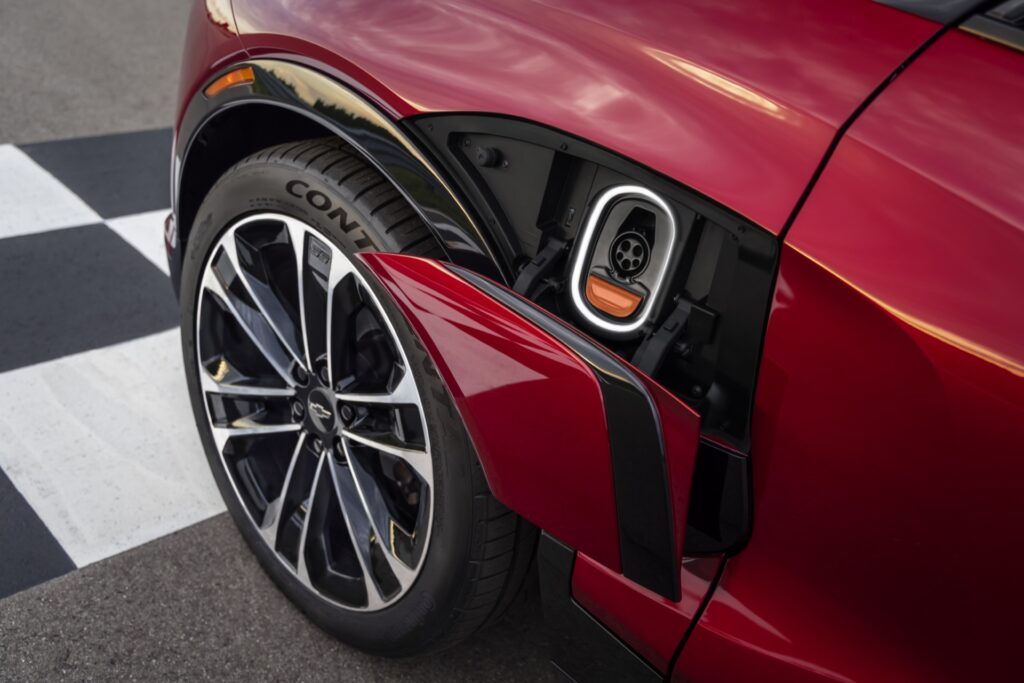General Motors is exploring innovative ways to leverage electric-vehicle bidirectional charging technology and multiple charge ports, as revealed in a recent patent filing.
Released by the United States Patent and Trademark Office (USPTO) on December 26, 2024, following GM’s filing on June 22, 2023, the document focuses on usage scenarios and control strategies rather than specific hardware, emphasizing the importance of balancing current flow in and out of various charge ports.
This advancement could potentially offer enhanced flexibility for charging and discharging EVs at any given moment, effectively serving as energy storage units.
GM presents several examples of how this technology can integrate with multiple charge ports, such as using one port to charge an EV while simultaneously transferring power to an external energy storage system through another port.

General Motors multi-port bidirectional charging patent image
Another innovative application involves “daisy-chained” vehicles, where only one vehicle is physically connected to a traditional charging station. This vehicle can then be linked to a second vehicle via its additional charge port, enabling the second vehicle to charge a third vehicle in a similar manner, according to GM.
This pioneering concept necessitates the development of advanced charge controllers, as highlighted in the patent, and a paradigm shift in how users engage with bidirectional charging capabilities. Additionally, a fleet of compatible vehicles would be essential for its implementation.
While GM has already integrated bidirectional charging into its vehicle lineup, utilizing a single charge port, it has also outlined the potential applications of multiple charge ports for large electric trucks in a separate patent filing.

General Motors multi-port bidirectional charging patent image
Ford has also explored the potential of multiple charge ports in a previous patent, envisioning scenarios where multiple EVs are connected in series, mirroring GM’s approach.
Other automakers, such as Tesla, have deliberated on incorporating bidirectional charging capabilities, while Volvo has transitioned this feature into a separate energy division. However, widespread adoption of bidirectional charging, possibly through regulations like those proposed by California, may be necessary to fully unlock the potential benefits envisioned by GM.

